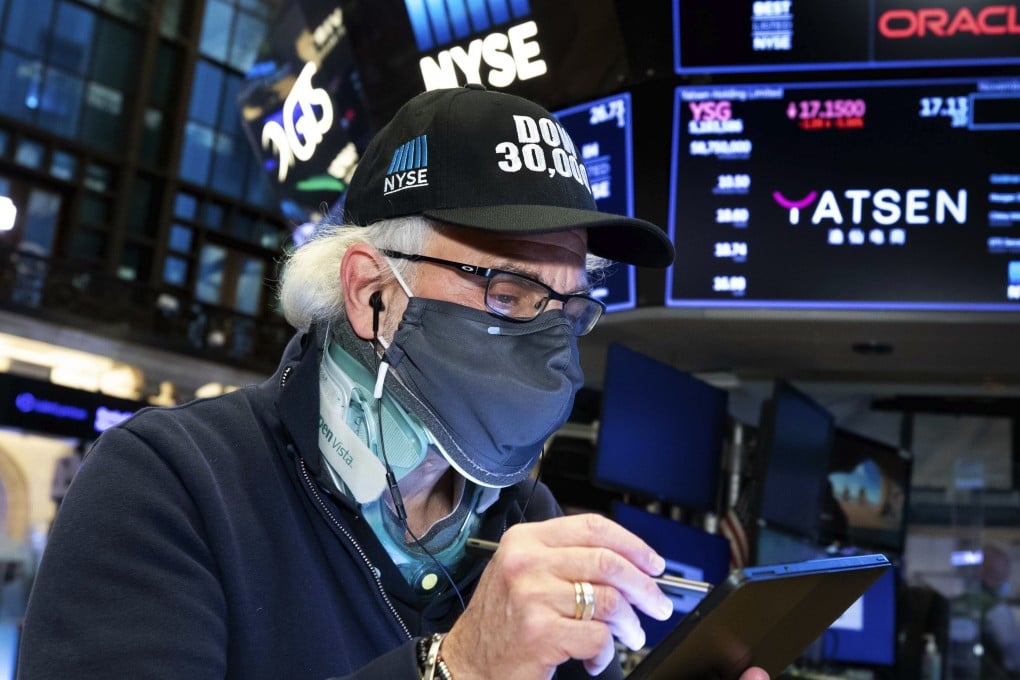Despite the coronavirus, equity markets have had a bumper year. Will 2021 be as spectacular?
- Asset markets will have to transition from an environment fuelled largely by emergency policy support to one driven by real economic recovery
- The likely recovery in corporate profits in 2021 is unlikely to lead to another period of outsize equity gains, as much of it is already priced in

After a crazy year 2020, what might 2021 look like? A common meme among financial analysts making their year-ahead forecasts is to predict which historical year 2021 might resemble. While we can’t guess if 2021 will mirror history, we can say with some conviction that it will be very different from 2020.
The tone in asset markets should also change: they will have to transition from an environment fuelled largely by emergency policy support, to one driven increasingly by real global economic recovery.

For instance, looking at the global equity market index, this year’s extraordinary turnaround saw it drop by around a third between mid-February and late March, only to rebound by around two-thirds since then, leaving equity markets higher than before Covid-19. As a result, when taken as a whole, 2020 actually has been an above-average year for equity returns, up by over 10 per cent on a global basis (barring any year-end sell-off).
However, the entire rise in equities since March was driven by surging valuations, with the price-to-earnings multiple on the global index rising by around 115 per cent – much more than the rise in the equity index itself. In other words, markets rose while corporate profits were actually falling substantially.

